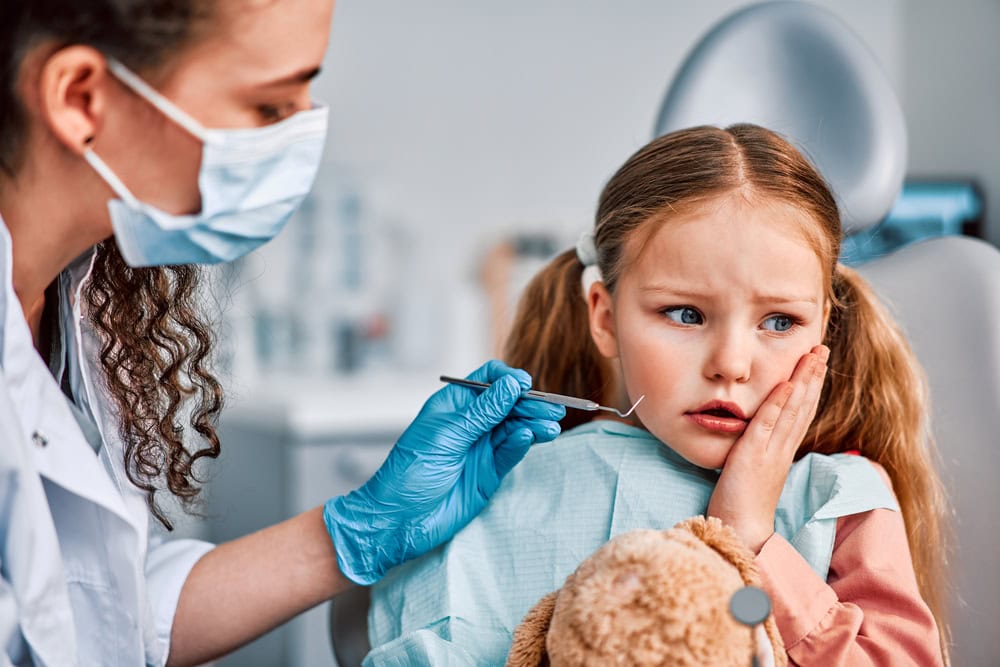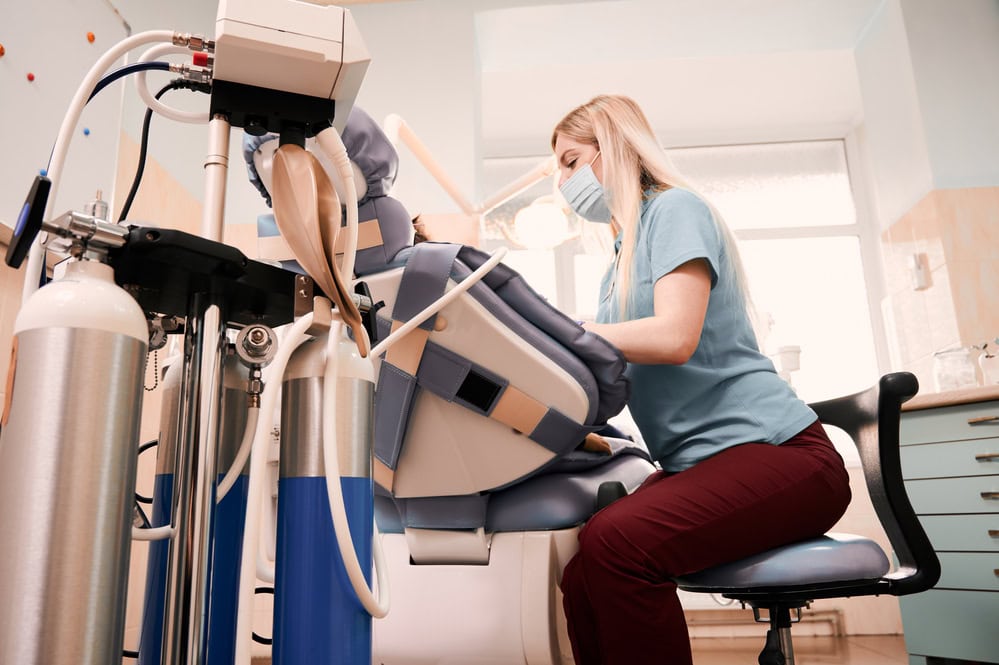When comparing Invisalign and traditional braces, their appearances differ significantly. Invisalign is made of clear plastic, nearly invisible and discreet, while traditional braces have noticeable metal brackets and wires. In terms of comfort, Invisalign is known for being comfortable with custom-fit trays and removable options, unlike traditional braces, which can cause discomfort.
Effectiveness-wise, Invisalign may offer faster results due to its custom-made design, appealing particularly to adults for a discreet look. Maintenance is easier with Invisalign, requiring simple care routines, while traditional braces demand meticulous attention.
The discretion of Invisalign aligners provides aesthetic advantages when choosing between the two options.
Appearance
When comparing Invisalign to traditional braces, appearance plays a significant role in the decision-making process for many individuals seeking orthodontic treatment. Traditional braces consist of metal brackets attached to the teeth, connected by wires visible when a person smiles or speaks. This can make some people self-conscious about their appearance during treatment.
On the other hand, Invisalign offers a more aesthetically pleasing option. The aligners are clear plastic, making them virtually invisible when worn. This transparency allows individuals to undergo orthodontic treatment without drawing attention to the fact that they are straightening their teeth.
For those concerned about having crooked teeth, Invisalign provides a discreet solution that helps to align teeth effectively. Patients can achieve a straighter smile without the need for conspicuous metal braces. Orthodontists recommend Invisalign to those who prioritise maintaining a natural appearance while working towards a straighter smile.
Comfort
Considering comfort, both Invisalign aligners and traditional braces provide unique experiences for individuals seeking orthodontic treatment. Traditional braces, though effective, can sometimes cause discomfort due to the brackets and wires irritating the mouth and gums.
In contrast, Invisalign aligners are known for being more comfortable to wear. The aligners are smooth, custom-fit trays made of a comfortable plastic material, reducing the likelihood of oral irritation commonly associated with traditional braces.
Moreover, the removability of Invisalign aligners adds to their comfort factor. Unlike traditional braces that are fixed onto the teeth, Invisalign aligners can be easily removed for eating, brushing, and flossing, allowing for better oral health maintenance during treatment. This feature also enhances comfort during activities such as sports or special events where the aligners can be temporarily removed.
When considering comfort in orthodontic treatment, consulting with a dentist or orthodontist is crucial to determine which option, traditional braces or Invisalign aligners, would best suit an individual’s needs and preferences.
Effectiveness
The effectiveness of orthodontic treatment with Invisalign aligners compared to traditional braces hinges on various factors, including alignment precision and treatment duration. Invisalign, utilising advanced technology, offers several benefits for adults seeking orthodontic treatment.
- Alignment Precision: Invisalign aligners are custom-made to fit each patient’s teeth, ensuring precise movement for effective straightening.
- Treatment Duration: Invisalign treatment may produce results faster than traditional braces in some cases, making it an attractive option for those looking for quicker outcomes.
- Adult Cases: Invisalign is particularly popular among adults due to its discreet appearance and comfortable fit. It is an appealing choice for those seeking orthodontic treatment without the visibility of traditional braces.
Achieving optimal results is important in orthodontic treatment, and Invisalign’s effectiveness in straightening teeth and improving alignment makes it a compelling choice for many individuals.
Maintenance
Proper maintenance of orthodontic devices is essential for successful treatment outcomes. For Invisalign aligners, brushing and flossing after eating is crucial to prevent plaque buildup. Patients should also adhere to the recommended wear schedule to achieve optimal results. Regular dental appointments are vital to monitor progress and make adjustments promptly.
On the other hand, traditional braces require meticulous care to avoid discomfort and maintain effectiveness. Patients must brush carefully, clean around wires and brackets, and use floss threaders or interdental brushes for effective flossing. Regular dental check-ups are crucial to monitor progress and address concerns promptly. Adhering to the orthodontist’s care instructions is key to the success of orthodontic treatment.
Discretion
Effective orthodontic treatment should focus on alignment and the discretion of the orthodontic devices used. When comparing Invisalign to traditional braces in terms of discretion, several factors come into play:
- Invisalign: Invisalign clear aligners are virtually invisible, making them a popular choice for those seeking a more discreet orthodontic treatment option.
- Traditional Braces: Traditional braces, on the other hand, consist of metal brackets that are noticeable when smiling or speaking, which can impact the wearer’s confidence and appearance.
- Comparison: Invisalign aligners are clear and removable, allowing for a more aesthetically pleasing treatment experience than the more noticeable brackets of traditional braces.
While traditional braces have been a reliable method for correcting orthodontic issues, the discreet nature of Invisalign aligners offers a significant benefit regarding appearance during treatment. However, it’s essential to weigh the benefits of discretion against other factors, such as treatment duration and cost, when deciding between the two options.
Affordability
Considering the financial aspect, how do Invisalign clear aligners compare to traditional braces in terms of affordability? The cost of orthodontic treatment is significant for many individuals and families. Due to its custom-made aligners and innovative technology, Invisalign typically has a higher price point than traditional braces. However, the overall price can vary depending on the case’s complexity, the treatment length, and the provider’s pricing.
Regarding budgeting for orthodontic care, Invisalign offers flexible payment options to help make the treatment more manageable. Many providers offer payment plans that allow patients to spread the cost over time, easing the financial burden. Additionally, some insurance plans may cover a portion of the treatment cost, making Invisalign a more affordable option for some individuals.
For those who may need additional financial assistance, some orthodontic offices provide financing options or accept third-party financing to help patients afford the treatment. Therefore, while Invisalign may have a higher price tag upfront, the availability of payment plans, insurance coverage, and financial assistance options can make it a feasible choice for those looking to improve their smile.
Key Takeaways
The choice between Invisalign and traditional braces ultimately comes down to personal preference and individual needs. Just as a river flows through the landscape, each option offers its unique path towards achieving a straighter smile.
Whether you choose Invisalign’s transparency or traditional braces’ permanence, both methods can guide you toward a beautiful and confident smile. Choose the path that aligns with your goals and journey towards a brighter future.
Take the first step towards your dream smile today by setting an appointment with a Kensington dentist VIC, 3031. Your journey to a confident and beautiful smile begins here!




